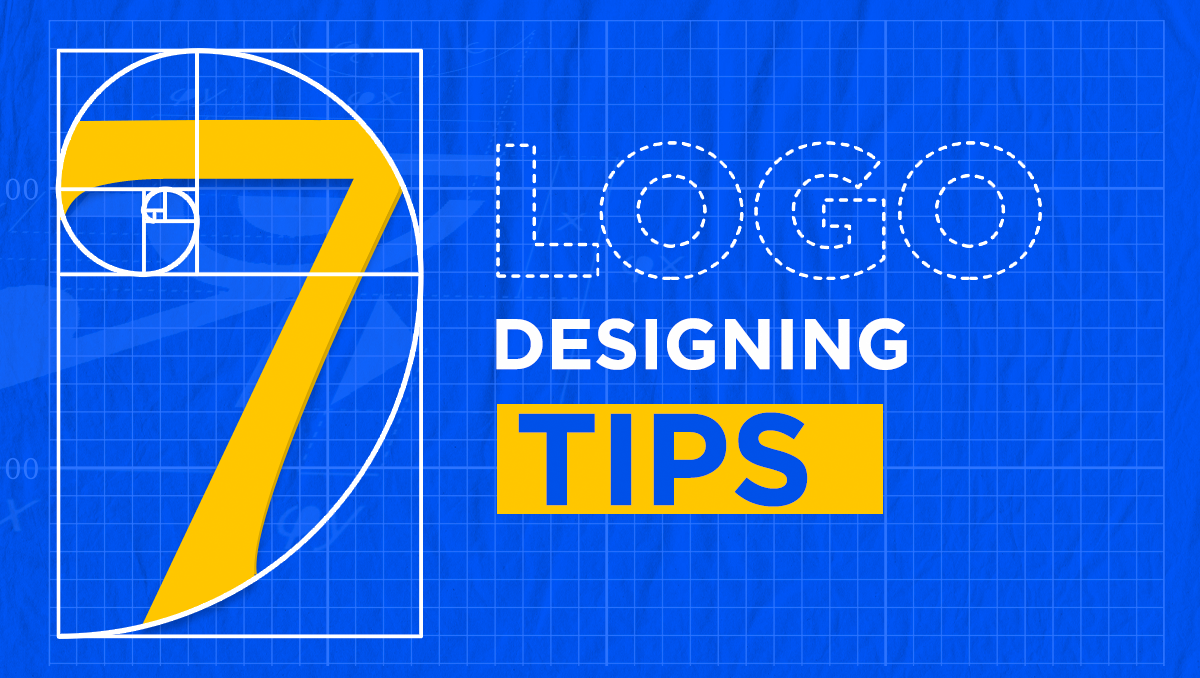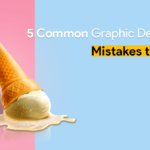A well-designed logo is not just visually appealing, but it also leaves an impression in the minds of the beholder. Moreover, an attractive logo helps the customers and the potential customers recall the brand or the enterprise by simply looking at the logo. It is a powerful tool for creating a positive brand image in the minds of the people as it stands as a symbol of quality. Thus, logo designing for a business is a task that should not be neglected. Rather, it should be given due importance as it deals with creating the face of the business which is visible to the public at large. Here are 7 tips that must be kept in mind when beginning this process-
1. Understanding The Color Psychology Well
Sometimes people tend to underestimate the rationale that goes behind creating an impactful logo. Graphic designers have to scrutinize the psychological effects different color have on the onlooker’s mind and then select the right set of colors for a business. The easiest way of doing so is to understand the color psychology of some basic colors as given below-
Blue– is considered to be the color of trust, reliability, and loyalty. Psychologically, it has a calming effect on a person’s mind. It could signify long-term relationship with clients and customers, thus, a lot of banking and technology companies opt for this color.
Red– this color is a strong, positive color which radiates energy, excitement, agility and power. Although it might sometimes signify aggression and violence but if used correctly, it helps to garner the right kind of attention too. Usually companies in the food industry and automobile industry use this color
Green– the color green represents nature, life, growth and balance. It creates a soothing and refreshing effect on a person. However, it also represents jealousy and greed. Usually businesses that want to portray their eco-friendly nature choose this color. Also, it is a nice option for hospitals, food industry, and energy industry.
Yellow– this warm color is full of life, hope, optimism and energy. It also stands out and catches a person’s eye immediately. However, too much of this color could be a cause of irritation among the elderly as it does not radiate stability; it has a more cheerful vibe. Thus, business that are selling a fun experience or want to inspire the people to be on the move, usually opt for this color. Also it is used in energy and food industry.
Black– is referred to as the boldest color signifying power, authority, sophistication and secrecy. But too much of black can make the business appear unfriendly. Businesses that want to portray themselves as catering to luxury and elegance. The color is immensely favored in the clothing industry, automobile industry.
White– it is a color of peace, serenity, purity and simplicity. It is usually found in the negative space of logos and websites. However, it should be used in combination with other colors as it alone might not be able to create much impact. It is used in businesses catering to infants, health and clothing industry.
Purple– the color is associated with extravagance, royalty, creativity and beauty. However, it is a mysterious color. It is preferred by women more than men. It is used in education related business, food industry (mainly chocolates) and any other business that makes superior and elegant products.
2. Choosing The Right Fonts That Create An Impact
KEEP THE FONTS CLEAN! You need to make sure that the font chosen is legible. If not, people will not even bother to spend more seconds to try and decipher the text. It is imperative to keep fonts that are distinct, unique but also very clear. Moreover, the font should reflect your brand’s personality. For instance, if you have an apparel brand, you would want to choose sophisticated and clear font like a Serif or Sans Serif, whereas, a kid’s toys brand would go for a more creative font like Frosty. Also, you must check out the kind of fonts your competitors are using. Another important thing to keep in mind is that you should refrain from using very trendy texts as they take longer time to be read. Ensure that your logo doesn’t have a plethora of different fonts and stick to one or maximum 2 fonts at a time so as to avoid overwhelming the onlooker.
3. Minimalist Designs
The concept of ‘less-is-more’ is the basic highlight of this type of logo design. Minimalist logos have been a rage these days because of their visual appeal. It capitalizes on minimum space and maximum creativity by keeping the designs clean yet concise. It tends to use thin, fine lines and simple shapes and subtle colors and symbols. Although it might have fewer design elements which might be a concern for some, but if done in a clever manner, such designs could turn out to be very chic and captivating.
4. Variable Logo Design
Gone are the days when companies believed in the concept of ‘one-size-fits-all’ for their products and services. Each and every brand now tries to lend a personal touch to their products and services for their clientele so as to build a personal connection and gain their trust. This customization could be as distinct as creating custom built products or as subtle as changing the design of the logo according to the clients who are viewing it. Nowadays, with the use of dynamic fonts, illustrations and icons, it has been possible to make such customizations possible. In addition to this, logos are created keeping in mind the various platforms they are going to be viewed in, thus, it is imperative that the logos transform perfectly across platforms.
5. Negative Space
Simply defined, a negative space in a logo refers to the space around the main subject matter of the design which is usually vacant. But as graphic designers, who would want to stick to the ‘usual’? Over the years we have witnessed a lot of cleverly utilized negative spaces in a logo and the trend still continues to get people’s attention. The basic idea here is to look for any empty space between text or the design and to think of ways to include some subtle element in the particular space, generally related to the business.
6. Overlapping Elements
A lot of graphic designers have started inculcating this trend already! One of the most famous examples of a company following this trend is PayPal. This can be done using simple shapes and or letters from texts. But the one thing that we must be careful of while creating such designs is that overlapping elements could make the designs messy and difficult to comprehend. Thus, it is absolutely essential that we do not ‘over-do’ things here and keep the designs as clean as possible.
7. Animated Logo
How often do you pay heed to a simple logo placed on the top of your screen? Probably never! Animating a design takes care of this problem. It does not just break the tedium but it also lends an excitement to the logo. The onlooker is then forced to take notice of the logo in anticipation of ‘what happens next?’ It is a simple yet effective trick to garner attention towards the logo. An added benefit here is that it is more likely for such an animated design to leave a mark on the person’s mind than a regular, flat logo
If you are looking to create any type of graphic design or fix your design bottlenecks, contact Make Any Design Team at [email protected] or check our website www.makeanydesign.com. Make Any Design offers unlimited graphic designs for a fixed monthly cost. And it delivers in 1 to 2 business days. Now, enterprises can focus on scaling their businesses while delegating graphic designing work to us. Satisfaction guaranteed!


I blog quite often and I genuinely thank you for your information. The article has truly piqued my interest.
I have read some good stuff here. Certainly worth bookmarking for revisiting. I surprise how much effort you put to create such a magnificent informative website.
Thanks for a marvelous posting! I really enjoyed reading it, you can be a great author. I will be sure to bookmark your blog and will eventually come back in the future. I want to encourage you to continue your great posts, have a nice weekend!
This is an informative piece of writing, and since I am working with Logo Designer PK in Karachi, this can also be valuable for my other fellows, as it contains useful and informative content. Thanks for allowing us to read it.